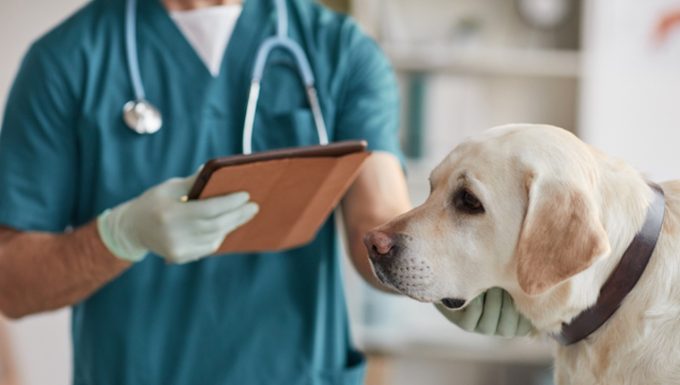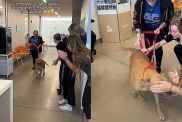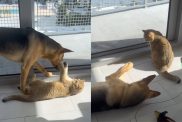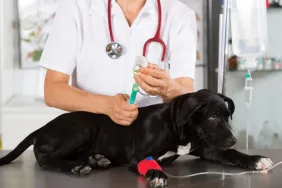Non-inflammatory myopathy of endocrine origin in dogs is a muscle disease. The condition is usually caused by endocrine issues.
Additionally, in some cases, the use of corticosteroids has been found to cause the condition.
Generally, the condition causes weakness and problems with a dog’s muscles.
If you see the signs of the condition in your dog, then get to a veterinarian for a proper diagnosis and treatment.
Here’s what you should know about the symptoms, causes, and treatments for the condition.
Symptoms of Non-inflammatory Myopathy of Endocrine Origin in Dogs
The condition produces a number of symptoms. For example, some of the most frequent symptoms include:
Causes of Non-inflammatory Myopathy of Endocrine Origin in Dogs
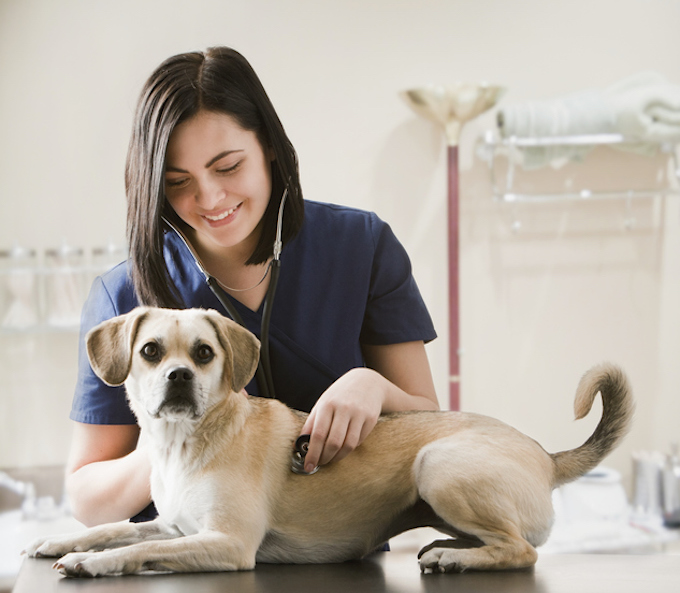
The cause of the condition is usually an endocrine issue. For example, some of the most common endocrine causes include:
- Hypothyroidism
- Hyperadrenocorticism
- Hyperthyroidism
Additionally, the use of corticosteroids has been found to cause the condition in certain cases.
Treatments for Non-inflammatory Myopathy of Endocrine Origin in Dogs
Firstly, your vet will ask about your dog’s symptoms. Secondly, your vet will ask about your dog’s full medical history.
Thirdly, your vet will carry out a full physical examination. Blood and urine tests will also be taken. Additionally, your dog’s adrenal gland functions and thyroid performance will be tested.
Ultimately, samples of your dog’s muscles can be analyzed to confirm the condition.
Generally, treatment will target the underlying cause of the condition. For example, medication to increase your dog’s thyroid performance can be prescribed. As always, if your vet prescribes your dog any medicine, make sure to stick to the correct dose and frequency instructions. Also, complete the full course of medicine.
While recovering, your dog’s diet and feeding regime will need to be altered. For instance, in severe cases a feeding tube might need to be fitted. Your vet can help formulate a safe and nutrious diet to help with your dog’s recovery.
Finally, make sure to keep up regular vet visits while your dog recovers. This is to properly monitor their progress.
Have you ever cared for a dog who suffered from this condition? How did your vet help your dog recover? Let us know in the comments section below.
